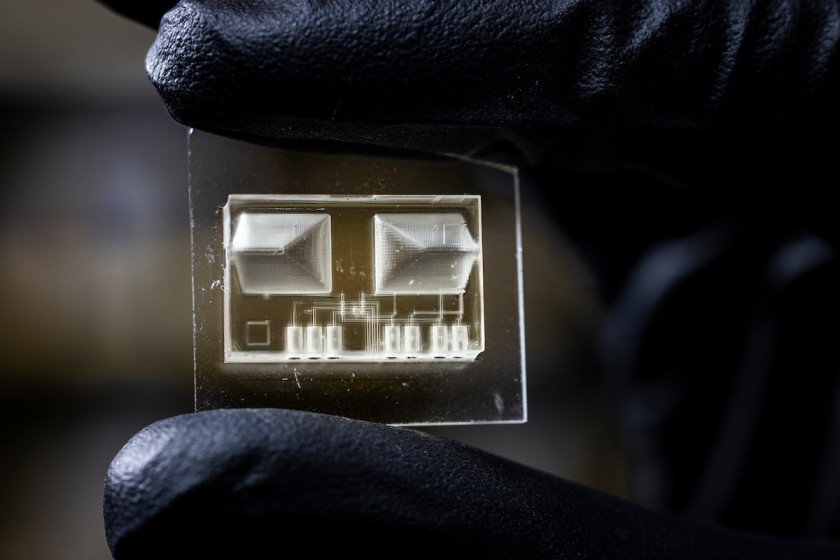College of Family, Home and Social Sciences

The new “Utah Valley” exhibit at BYU’s Museum of Peoples and Cultures invites residents to get to know the people who inhabited Utah County thousands of years ago. The exhibit features artifacts from the Archaic, Fremont and Ute peoples, as well as Latter-day Saint pioneer artifacts that came from the Provo Tabernacle. History student Hannah Smith was responsible for the research and text for the exhibit, as part of an internship for the museum.
“The internship was a custom experience for me. I was able to experience many different types of museum work: with the administration, with technicians, archaeologists, etc. I was able to experience so much and it really impacted the work and the exhibit that went up. It was perfect,” Smith said.
Ira A. Fulton College of Engineering

BYU engineering students, along with electrical and computer engineering professor Greg Nordin, have generalized the 3D printing approach by creating microfluidic lab-on-a-chip devices that are revolutionarily small. Microfluidic devices are chips that include a set of microscopic channels, valves and pumps that analyze disease biomarkers, cells and other small structures from samples through the channels. Without this innovation, this process is time consuming and expensive.
“The bottom line is that commercial 3D printers and commercial materials just can’t meet the resolution needs we have for this type of technology. We’re printing chips with sophisticated components that have 60-70 tiny valves and 20-30 pumps — components that couldn’t be printed before now,” Nordin said.
Marriott School of Business

Walmart challenged four BYU Marriott School of Business students to create environmentally friendly alternatives to current package designs through an internship with the Ballard Center for Social Impact. Business students Brandon Adams, Elisa Huhem, Emily McDonald and Aaron Rameson brainstormed a variety of ideas to create change, making a sustainability playbook for Walmart’s manufacturers and suppliers. That playbook is now used in corporate meetings.
“I initially thought we would play a small role as interns. However, I realized our research and efforts are impacting all levels of Walmart’s organization. Our mentors called our team a catalyst for change,” Rameson said.




